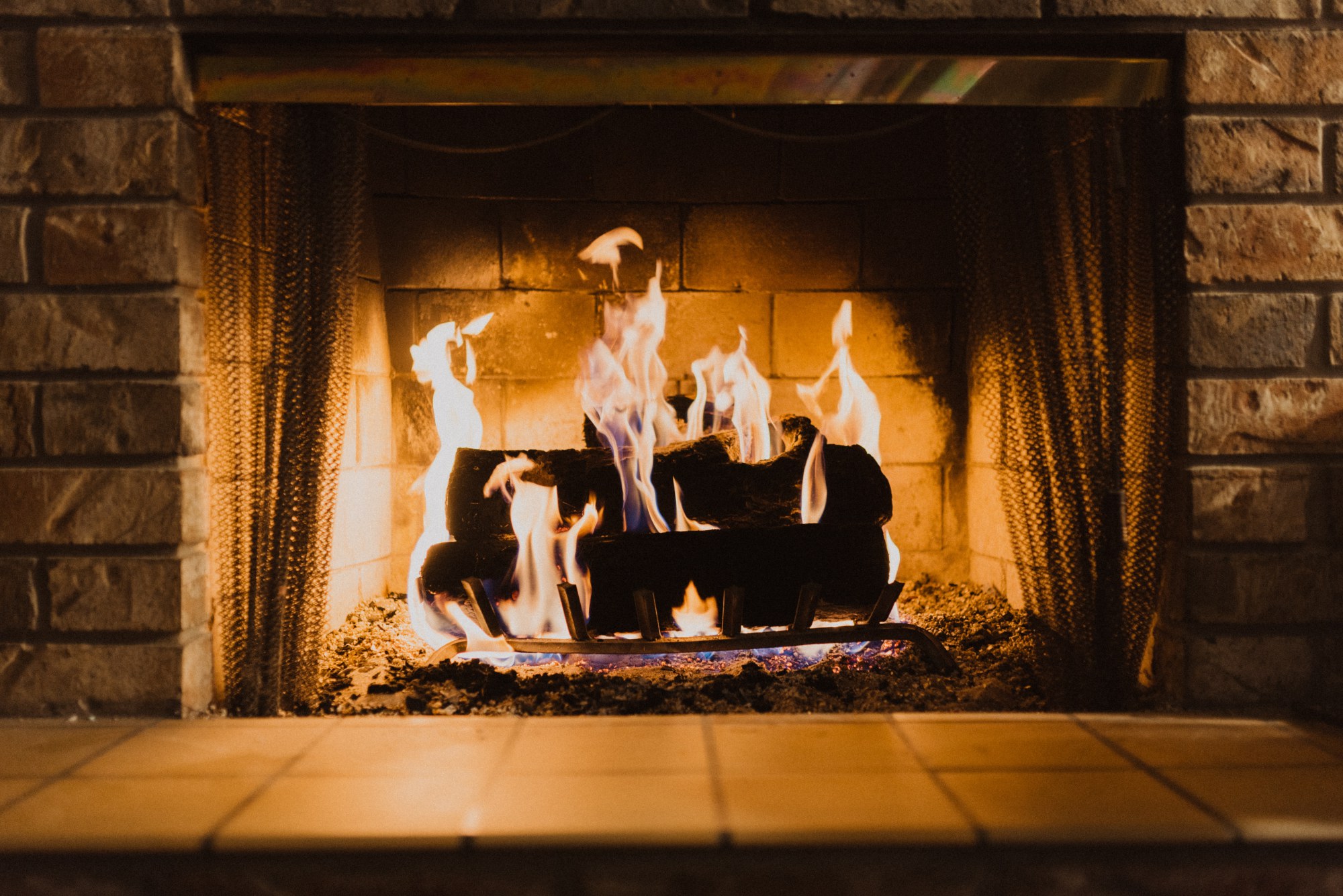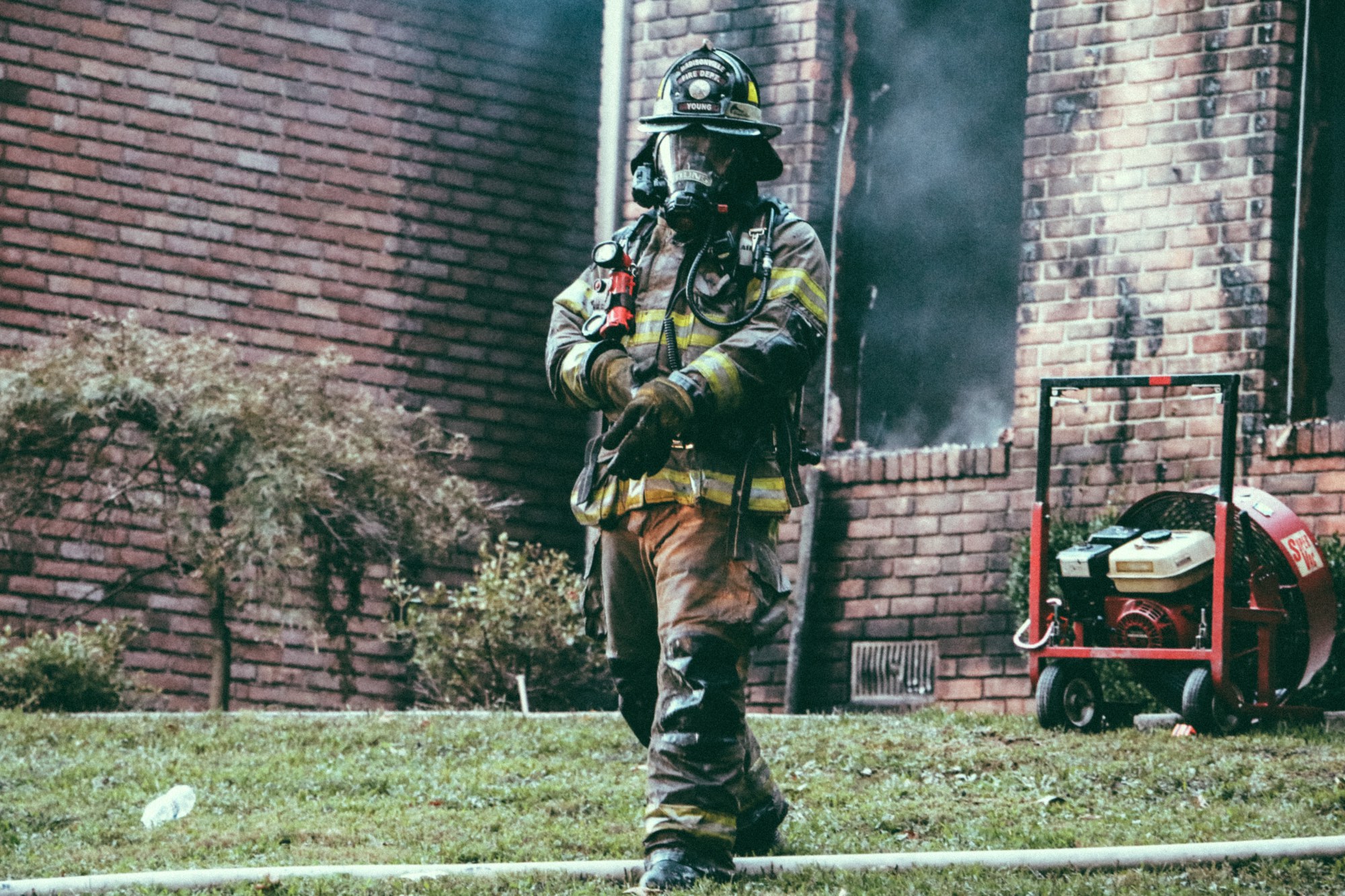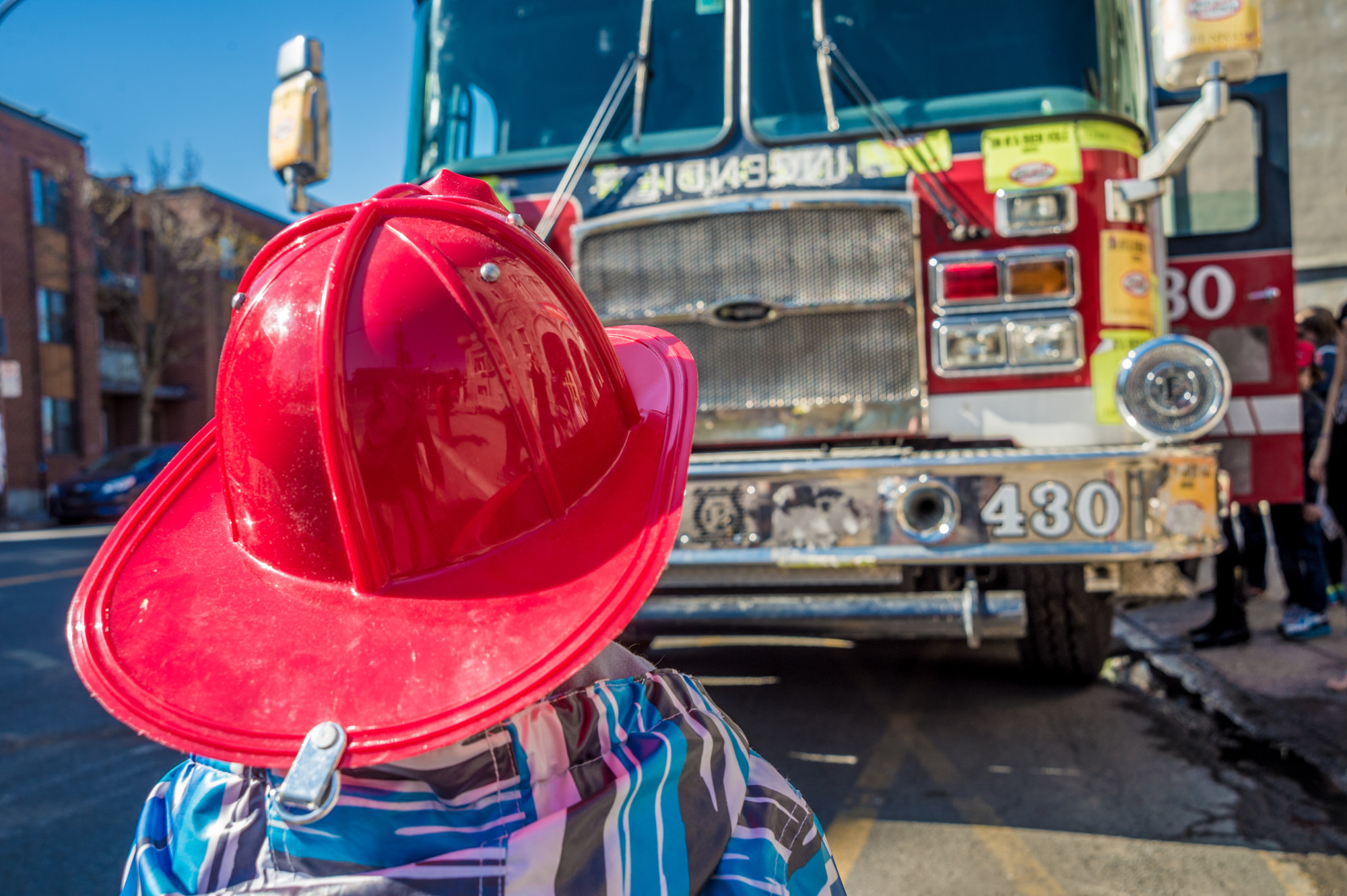The topic of teaching fire safety to young children has a lot of moving parts. How fires start, how they can harm you, and of course, what to do if one starts if you are inside a house that is on fire are just a few.
Of course, the first rule we think about when teaching young children about fire is “Don’t play with matches.” It’s good advice, and understanding why it’s important to avoid starting a fire is necessary. However, it’s not the whole story.
Kids may not be able to have control over how a fire starts. And when it comes to a house fire, some specific strategies must be taught (and practiced) so that children know what to do if the time ever comes.

Here are three tips for teaching young kids what to do if they find themselves in a situation where a house fire has started.
Tip 1: Tattle!
Everyone loves a tattletale when the story being told is “FIRE!” So seriously, express this rule however you think your kids will comprehend the idea of immediately letting someone know if they see a fire where they normally don’t see one (on a stove or in an appliance, in a wall socket in a bedroom, or if a candle has caught an object on fire, etc.)
For young kids, make up a memorable sentence to emphasize how important it is to let someone know fast: “It’s always OK to tell on fire!” When they are old enough to use a phone or have one of their own, show them how to press 9-1-1. Encourage them to do whatever they need to to let an adult know that a fire has started. It doesn’t matter if it’s nap time or early on a Saturday morning before mom and dad are up. Tattle on the fire immediately!
Tip 2: Smoke is scary too.
The old saying, “Where there’s smoke, there’s fire,” is also an excellent lesson for children. In other words, they need to understand what smoke is and how to protect themselves if they suddenly find themselves in a situation with heavy smoke. Smoke hurts our lungs, burns our eyes, and can be as dangerous as fire. There are ways to explain what to do if a room fills with smoke without it actually happening (or scaring them).

For example, most kids have seen a fireplace and smoke that lazily filters up the chimney. Point out how smoke wants to go up and that a lot of smoke trapped in a room without a chimney can be just as dangerous as a fire. Since the smoke is going up high, they must stay low: drop to the floor, and crawl toward a door or window to escape. Spend a little time practicing rolling out of bed onto the floor and crawling in the path you’ve taught them is the best way to reach safety.
Tip 3: Know What to Expect.
Kids might see all the firefighting gear you wear for your job as a firefighter. They might even see you in your gear at the station when they visit. But what would all that gear on a stranger, at night, in the dark, look (and feel) like to them? What if the scene was chaotic, the room was filled with smoke, and they heard loud noises coming from all directions?

Explain to your kids what happens when firefighters go to houses that have caught fire: A firefighter may break a window or door to try to locate them, and people may be shouting. Let them know that all of the noise is a reminder that it’s important to remember the rules: stay low to the ground, listen for voices that might be trying to find you, and use your voice if you hear someone calling to you.
Every family is different; the best rule of thumb is to find an age-appropriate way of not just telling your kids not to play with matches but what fire is all about and how to stay safe if one is nearby.




